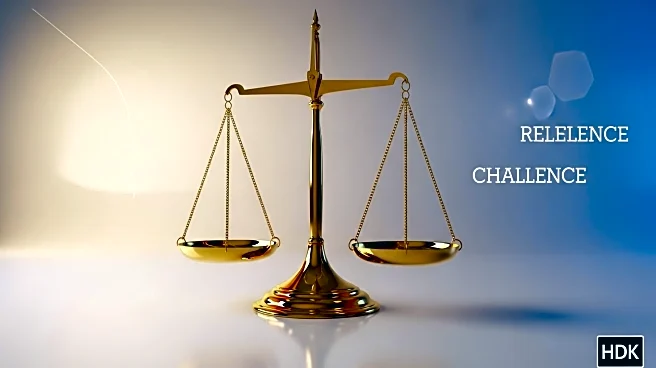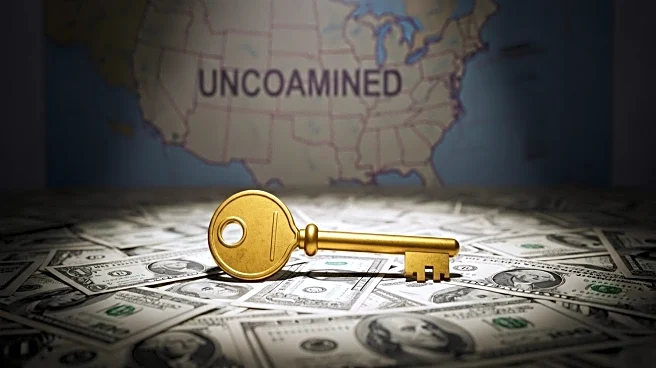What's Happening?
The U.S. property and casualty (P&C) insurance industry recorded a healthier first half of 2025, with a combined ratio improvement to 96.4% from 97.6% in the same period last year. This improvement led to an estimated $11.5 billion in net underwriting gains, despite early-year catastrophe losses. Premiums written climbed to $472 billion, and policyholders' surplus edged up to $1.08 trillion. However, realized capital gains fell sharply due to an outsized impact from one insurer. Fitch's analysis suggests the combined ratio could rise in the second half, although it is expected to remain below 100%, supported by positive pricing.
Why It's Important?
The improved combined ratio indicates a profitable period for the P&C insurance industry, which is crucial for maintaining financial stability and investor confidence. The industry's ability to manage catastrophe losses and achieve underwriting gains reflects resilience and effective risk management. However, the potential rise in the combined ratio in the second half highlights ongoing challenges, including hurricane activity, wildfire risk, and tariff-driven inflation. These factors could impact underwriting performance and profitability, affecting stakeholders such as insurers, policyholders, and investors.
What's Next?
The P&C insurance industry will continue to navigate challenges in the second half of 2025, with a focus on maintaining underwriting profitability. Insurers may adjust pricing strategies and risk management practices to address potential risks. Stakeholders, including regulators and industry leaders, may engage in discussions to enhance resilience and address emerging threats. The industry's performance will be closely monitored, as it has implications for broader economic stability and consumer protection.
Beyond the Headlines
The industry's performance has ethical and legal dimensions, as insurers balance profitability with consumer protection and fair pricing. Long-term shifts in climate patterns and economic conditions could necessitate policy changes to enhance industry resilience. The industry's ability to adapt to these changes will influence public trust and regulatory approaches.










